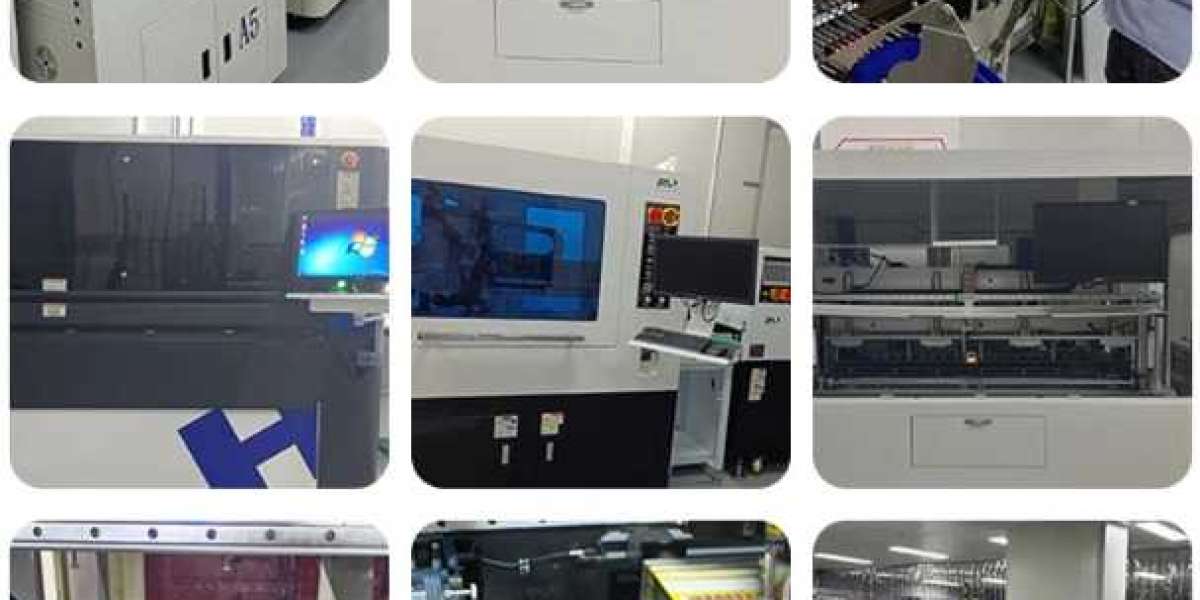1. Introduction
Flexible circuit boards, known for their ability to bend and conform to various shapes, are increasingly used in industries like automotive, electronics, and aerospace. However, ensuring the reliability and performance of these flexible circuits requires thorough testing. In this article, we will explore the key flexible circuit board testing methods that manufacturers rely on to guarantee the quality of their products.
2. Importance of Flexible Circuit Board Testing
The flexibility and unique properties of flexible PCBs (Printed Circuit Boards) make them prone to specific issues such as mechanical stress, circuit malfunctions, and defects from the manufacturing process. To ensure functionality and durability in applications ranging from vehicle control systems to aviation equipment, proper testing methods are essential. Testing reduces risks, improves product life, and helps manufacturers deliver high-quality, dependable circuit boards.
3. Essential Methods for Flexible Circuit Board Testing
Several key flexible circuit board testing methods are used to assess the performance, reliability, and durability of flexible PCBs. These methods include:
Visual Inspection: A basic but critical method, visual inspection is often the first step in detecting visible defects such as misalignment, soldering issues, or physical damage on the surface of the circuit board.
Electrical Testing (ET): Electrical testing ensures the functionality of the circuits by measuring continuity and checking for shorts. This method confirms whether the circuit is electrically sound and operates as expected.
Mechanical Stress Testing: This method evaluates how well the board handles stress, such as bending, flexing, or torsion. Mechanical stress testing ensures that the flexible circuit board can maintain its integrity and performance even under continuous or extreme physical stress.
Thermal Cycling: Since flexible circuit boards are often exposed to temperature changes, thermal cycling tests simulate different temperature ranges to evaluate how the board responds. This helps determine its thermal endurance and ability to resist expansion or contraction.
X-ray Inspection: X-ray testing is critical for multilayer flexible boards where internal connections are not visible. X-rays allow engineers to identify potential defects in the layers, such as poor solder joints, without causing damage.
Flying Probe Testing: Used in complex designs, this method uses small probes that "fly" over the surface of the board to measure electrical properties. It is ideal for prototype and low-volume production where fixture-based testing is impractical.
4. Overcoming Challenges in Testing Flexible Circuit Boards
Testing flexible circuit boards presents unique challenges due to the thin and flexible materials used, the complexity of their designs, and their susceptibility to physical damage. Addressing these challenges requires specialized testing methods:
Material Sensitivity: Flexible boards are made from thin, delicate materials like polyimide, making them more prone to damage. Test equipment must be precise and gentle to avoid causing stress or deformation during testing.
Bend and Flex Tests: Since flexible circuit boards are often bent or folded in real-world applications, testing must simulate these movements to ensure the board can withstand continuous flexing without failing.
Multilayer Complexity: Testing for short circuits or alignment errors in multilayered flexible circuits requires advanced tools like X-ray inspection to detect internal faults that are otherwise hidden from the surface.
5. Benefits of Effective Testing in Automotive, Aerospace, and Electronics
For industries like automotive, aerospace, and electronics, reliability is non-negotiable. A failure in a flexible circuit board in these sectors can have disastrous consequences, including safety risks or expensive product recalls. By employing the right flexible circuit board testing methods, manufacturers ensure that their products:
Enhance safety: In automotive applications, where flexible PCBs are used in control systems and sensors, proper testing reduces the risk of component failures.
Maintain durability: In aerospace, flexible circuit boards need to withstand extreme environmental conditions. Testing ensures these circuits function properly in harsh settings like high altitudes and intense temperatures.
Improve performance: In consumer electronics, flexible PCBs are part of smartphones, wearables, and other devices where size and performance matter. Testing ensures that these products deliver seamless user experiences without technical malfunctions.
6. Conclusion: Why Gekun Is Your Trusted Flexible PCB Manufacturer
With the rising demand for flexible circuit boards, thorough and reliable testing is critical to maintaining product quality and safety. At Gekun, we specialize in manufacturing high-quality flexible PCBs, adhering to the most rigorous testing standards in the industry. Our advanced testing processes ensure that every flexible circuit board we produce meets the needs of industries such as automotive, aerospace, and electronics.
By working with Gekun, you can trust that your flexible circuit boards will be tested with precision and care, ensuring long-lasting performance in even the most challenging environments.









